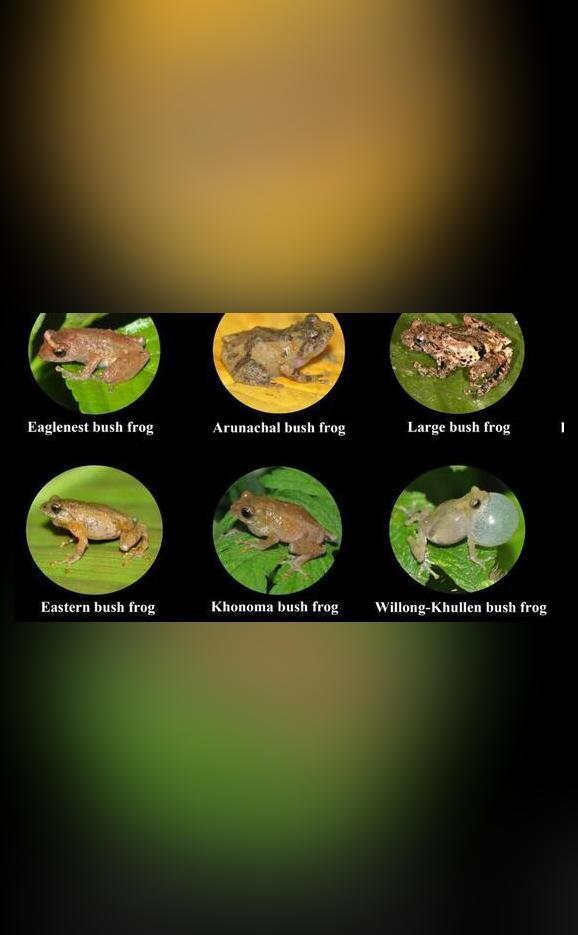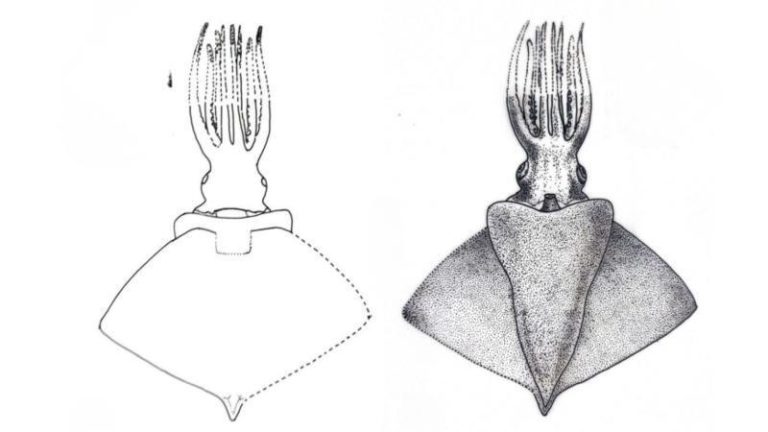
13 new bush frog species discovered across Northeast India: Study
The Northeast region of India has long been known for its rich biodiversity, with its unique geography and climate supporting a wide range of flora and fauna. In a recent study published on Thursday, a team of researchers has made a groundbreaking discovery, identifying 13 new species of bush frogs across the region. The study, which was conducted between 2016 and 2024, has shed new light on the diversity of amphibian life in Northeast India, highlighting the importance of conservation efforts to protect these fragile ecosystems.
The discovery of 13 new bush frog species is a significant finding, with six of the new species found in Arunachal Pradesh, three in Meghalaya, and one each in Assam, Mizoram, Nagaland, and Manipur. One of the newly discovered species, found in Meghalaya, has been named the Narphu Bush Frog. The study’s findings are a testament to the region’s incredible biodiversity, with many more species likely waiting to be discovered.
The research team, which collected samples from various locations across Northeast India, used a combination of morphological and molecular analysis to identify the new species. The study’s methodology involved a thorough examination of the physical characteristics of the frogs, as well as genetic analysis to determine their relationships to other known species. The results of the study have been published in a scientific journal, providing a detailed account of the new species and their characteristics.
The discovery of the 13 new bush frog species has significant implications for conservation efforts in the region. Many of the species are found in areas that are under threat from human activities such as deforestation, mining, and infrastructure development. The loss of habitat and fragmentation of ecosystems can have a devastating impact on amphibian populations, making conservation efforts essential to protect these species.
The study’s findings also highlight the importance of further research into the biodiversity of Northeast India. The region’s unique geography and climate support a wide range of flora and fauna, many of which are found nowhere else in the world. By conducting further research and exploration, scientists can gain a better understanding of the region’s ecosystems and the species that inhabit them, ultimately informing conservation efforts and protecting the region’s incredible biodiversity.
The discovery of the Narphu Bush Frog in Meghalaya is a particularly significant finding, as it highlights the importance of preserving the region’s natural habitats. The Narphu Bush Frog is found in the state’s eastern region, where the landscape is characterized by dense forests and rolling hills. The species is likely to be found in other areas of the state, and further research is needed to fully understand its distribution and habitat requirements.
The study’s findings have been welcomed by conservationists, who have long been advocating for greater protection of Northeast India’s natural habitats. The region’s biodiversity is under threat from a range of human activities, including deforestation, mining, and infrastructure development. By highlighting the importance of conservation efforts, the study’s findings can help to inform policy and decision-making, ultimately protecting the region’s incredible biodiversity.
In conclusion, the discovery of 13 new bush frog species across Northeast India is a significant finding, highlighting the region’s incredible biodiversity and the importance of conservation efforts. The study’s findings have significant implications for the protection of the region’s natural habitats and the species that inhabit them. By conducting further research and exploration, scientists can gain a better understanding of the region’s ecosystems and the species that inhabit them, ultimately informing conservation efforts and protecting the region’s incredible biodiversity.





